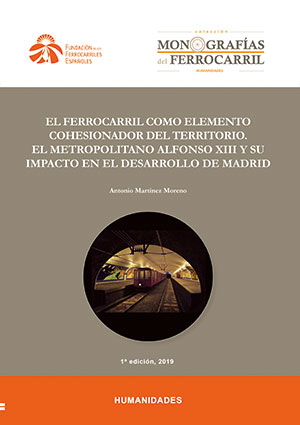
Categories
Publications
Railways as a cohesiveness factor of territories. ´Metropolitano Alfonso XIII´ and its impact on Madrid´s development
17/4/2019

Metropolitan railways have been essential for the development of the great metropolises. During the 19th century and the first half of the 20th century, European cities experienced a huge population growth as the result of industrialization and other deep social transformations, to which was added the incorporation of many adjacent towns. The increasingly populated European metropolises needed a means of transport that allowed the connection of the increasingly distant neighbourhoods; and it is in this context that the first metropolitan railways emerged.
In the case of Madrid’s metropolitan railway (popularly known as the “Metro”), its expansion is linked to the growth of the city of Madrid in an unbreakable way. This study does some research into the history of the “Metro”, which celebrates now its centenary, and the influence it had on the development of the capital, analysing the evolution of the different neighbourhoods of the Ensanche in order to verify whether or not the arrival of the metropolitan railway to these areas stimulated their growth. For this research a wide range of sources were used. These sources can be grouped into two categories: on the one hand original documents regarding the metropolitan railway (project reports, maps of the stations and lines, company management reports, brochures and books edited by the company, grant files and gazettes); and on the other hand magazines and newspapers from the 1920s and 1930s, in addition to some modern publications.
Download paper »


